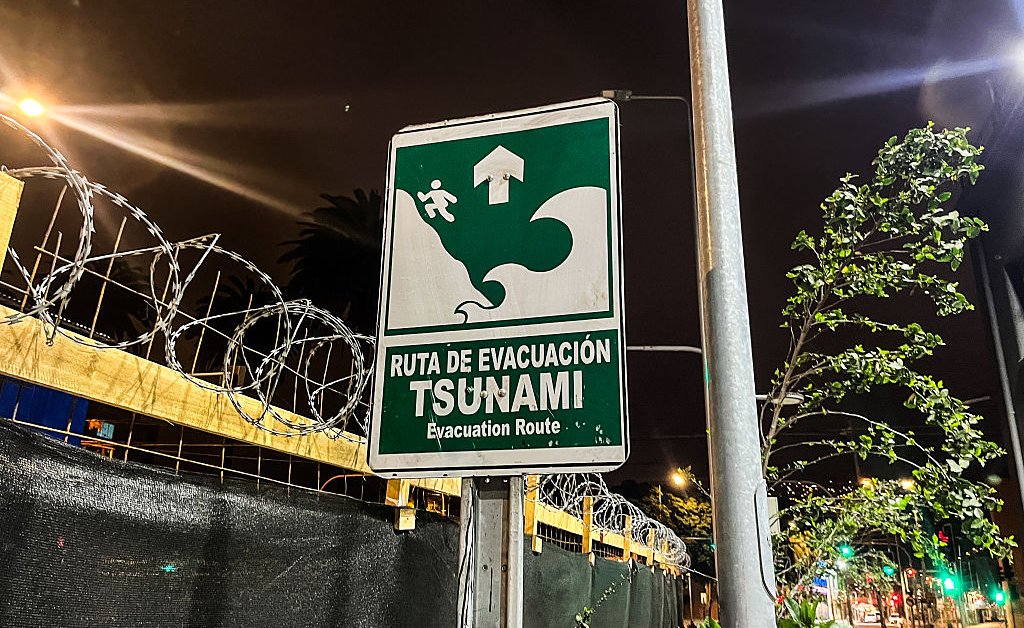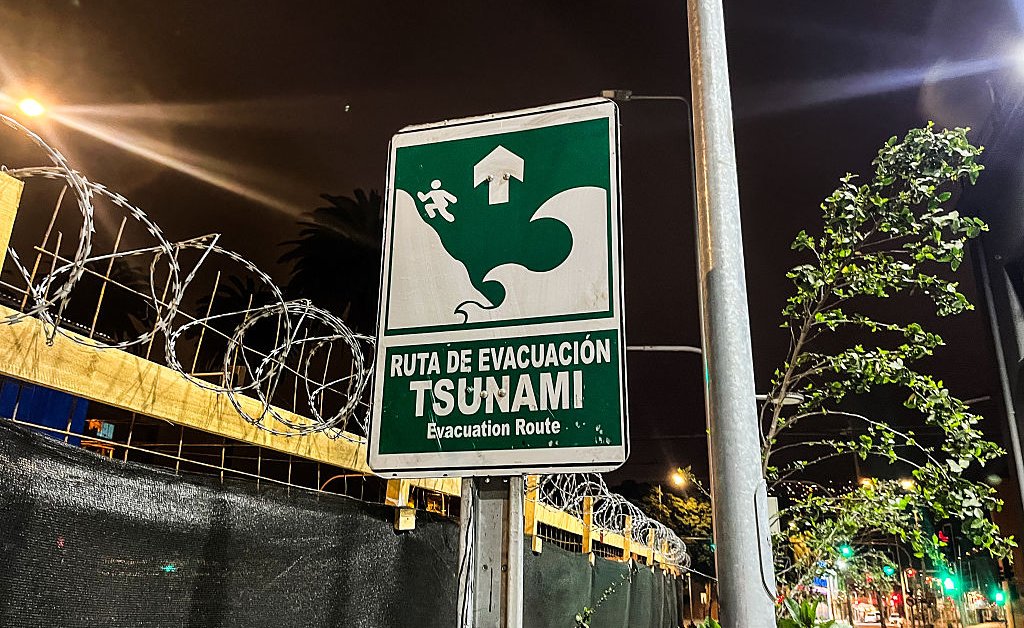How To Stay Safe During A Tsunami: Essential Evacuation And Preparedness Tips

Welcome to your ultimate source for breaking news, trending updates, and in-depth stories from around the world. Whether it's politics, technology, entertainment, sports, or lifestyle, we bring you real-time updates that keep you informed and ahead of the curve.
Our team works tirelessly to ensure you never miss a moment. From the latest developments in global events to the most talked-about topics on social media, our news platform is designed to deliver accurate and timely information, all in one place.
Stay in the know and join thousands of readers who trust us for reliable, up-to-date content. Explore our expertly curated articles and dive deeper into the stories that matter to you. Visit Best Website now and be part of the conversation. Don't miss out on the headlines that shape our world!
Table of Contents
How to Stay Safe During a Tsunami: Essential Evacuation and Preparedness Tips
Tsunamis, those devastating walls of water, are a terrifying force of nature. While we can't predict them with perfect accuracy, we can significantly increase our chances of survival through preparedness and swift action. This article provides essential evacuation and preparedness tips to help you and your loved ones stay safe during a tsunami. Understanding the warning signs and having a solid plan in place can be the difference between life and death.
Understanding the Warning Signs:
Knowing the early warning signs of a tsunami is crucial. These can include:
- A strong earthquake: A powerful earthquake, especially near the coast, is often the first indicator. Don't wait for official warnings; if you feel a strong quake, assume the possibility of a tsunami.
- Unusual ocean behavior: A rapidly receding ocean, exposing large areas of the seabed, is a major red flag. This is often followed by a massive surge of water.
- Official warnings: Pay close attention to official tsunami warnings issued by your local authorities, emergency services, or national meteorological agencies. These warnings are disseminated through various channels, including radio, television, mobile alerts, and sirens.
Developing a Family Emergency Plan:
A well-rehearsed family emergency plan is your best defense. This plan should include:
- Evacuation routes: Identify multiple evacuation routes away from the coast, taking into consideration potential road closures. Practice these routes regularly with your family.
- Designated meeting points: Establish several meeting points—one close to home and others further inland—in case you are separated during the evacuation.
- Emergency supplies: Prepare a "go-bag" containing essential supplies like water, non-perishable food, first-aid kit, flashlights, batteries, a whistle, and important documents. Consider including medications and personal items.
- Communication plan: Designate a person outside the affected area as a contact person. This person can serve as a central point of communication for family members.
Evacuation Procedures:
When a tsunami warning is issued or you observe any warning signs, act immediately:
- Evacuate immediately: Do not wait for confirmation. Time is critical. Head inland or to higher ground as quickly as possible. The speed of a tsunami can be astonishing.
- Move to higher ground: Aim for areas at least 100 feet (30 meters) above sea level or at least one mile (1.6 kilometers) inland.
- Avoid low-lying areas: Stay away from beaches, harbors, rivers, and estuaries. These are particularly vulnerable to tsunami waves.
- Follow instructions from authorities: Obey instructions given by emergency responders. They are there to help guide you to safety.
- Stay informed: Continuously monitor updates from official sources regarding the tsunami and any aftershocks.
Post-Tsunami Safety:
After the immediate danger has passed:
- Check for injuries: Provide first aid to anyone injured.
- Report damage: Contact emergency services to report any damage or injuries.
- Avoid contaminated areas: Stay clear of areas with damaged buildings, debris, or contaminated water.
- Follow post-disaster instructions: Follow any post-disaster guidelines given by local authorities.
Preparing for the Unexpected: A Proactive Approach
Preparing for a tsunami is not about fear-mongering; it's about empowering yourself and your family with knowledge and a plan. By understanding the risks, creating a solid emergency plan, and knowing how to react swiftly, you can significantly increase your chances of survival. Remember, preparation is key to surviving a tsunami. Don't wait until it's too late – start planning today! Learn more about tsunami safety from resources like the . Your safety and the safety of your loved ones depend on it.

Thank you for visiting our website, your trusted source for the latest updates and in-depth coverage on How To Stay Safe During A Tsunami: Essential Evacuation And Preparedness Tips. We're committed to keeping you informed with timely and accurate information to meet your curiosity and needs.
If you have any questions, suggestions, or feedback, we'd love to hear from you. Your insights are valuable to us and help us improve to serve you better. Feel free to reach out through our contact page.
Don't forget to bookmark our website and check back regularly for the latest headlines and trending topics. See you next time, and thank you for being part of our growing community!
Featured Posts
-
 Luckin Coffee Otcmkts Lkncy Stock Up 5 2 Is It Still A Smart Investment
Aug 01, 2025
Luckin Coffee Otcmkts Lkncy Stock Up 5 2 Is It Still A Smart Investment
Aug 01, 2025 -
 Police Surround Brad Paisley Onstage During Connecticut Show Details Emerge
Aug 01, 2025
Police Surround Brad Paisley Onstage During Connecticut Show Details Emerge
Aug 01, 2025 -
 Luckin Coffee Q2 2025 Earnings Revenue Growth And Expansion
Aug 01, 2025
Luckin Coffee Q2 2025 Earnings Revenue Growth And Expansion
Aug 01, 2025 -
 Expert Picks Clara Tauson Vs Yuliia Starodubtseva At The 2025 Wta Canadian Open
Aug 01, 2025
Expert Picks Clara Tauson Vs Yuliia Starodubtseva At The 2025 Wta Canadian Open
Aug 01, 2025 -
 Coastal Community Resilience Preparing For And Surviving Tsunamis
Aug 01, 2025
Coastal Community Resilience Preparing For And Surviving Tsunamis
Aug 01, 2025
